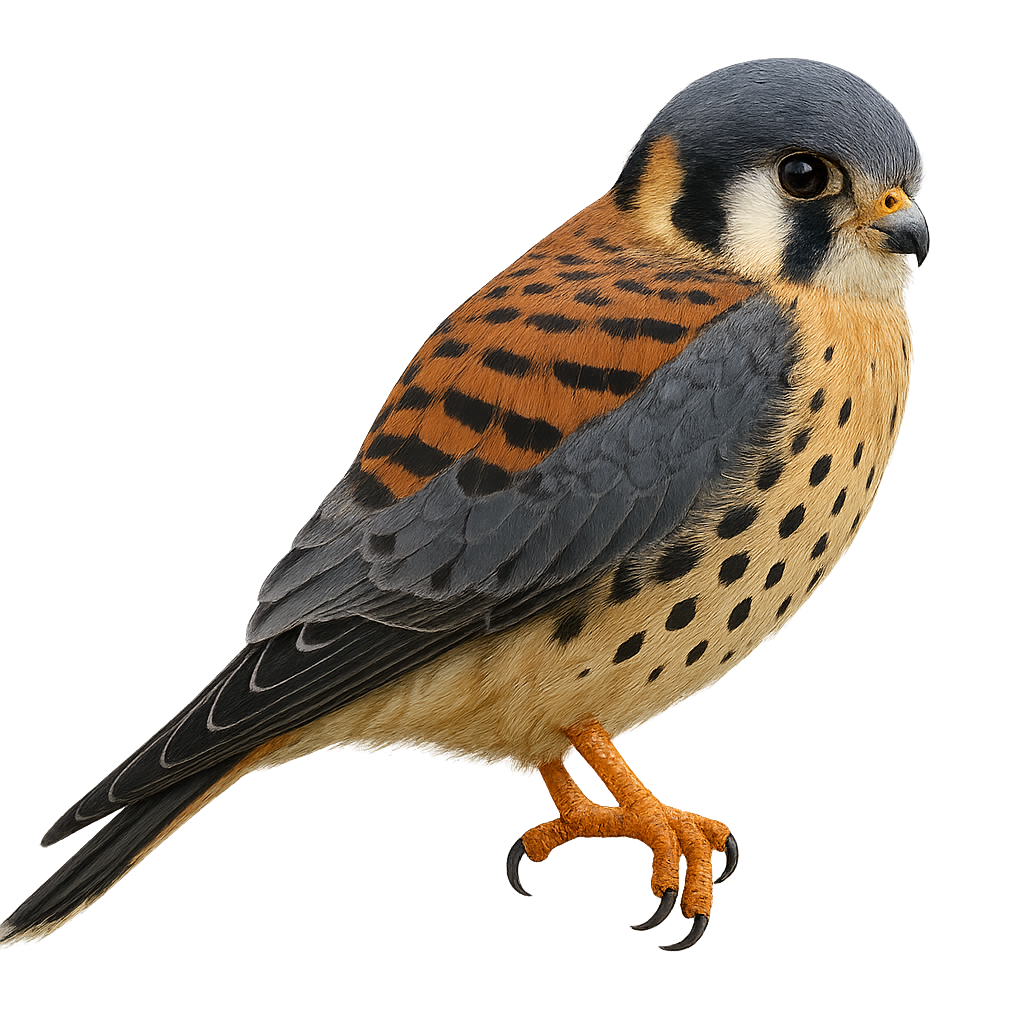Your wildlife photography guide.
Explore the american kestrel in detail, study its behavior, prepare your shots.
Where to observe and photograph the american kestrel in the wild
Learn where and when to spot the american kestrel in the wild, how to identify the species based on distinctive features, and what natural environments it inhabits. The WildlifePhotographer app offers tailored photography tips that reflect the american kestrel’s behavior, helping you capture better wildlife images. Explore the full species profile for key information including description, habitat, active periods, and approach techniques.
American Kestrel
Scientific name: Falco sparverius

IUCN Status: Least Concern
Family: FALCONIDAE
Group: Birds
Sensitivity to human approach: Suspicious
Minimum approach distance: 10 m
Courtship display: March to May
Incubation: 26-32 jours
Hatchings: March to July
Habitat:
Grasslands, agricultural areas, roadsides, urban areas
Activity period :
Primarily active during the day, with peak activity in the morning and late afternoon.
Identification and description:
The American Kestrel, or Falco sparverius, is the smallest falcon in North America. It is known for its colorful plumage, featuring shades of rufous, blue-gray, and black. Males have blue wings and a spotted chest, while females display more uniform tones. This raptor is famous for its ability to hover in place, scanning the ground for prey. It primarily feeds on small mammals, insects, and occasionally small birds. Adaptable, it inhabits various environments, from open fields to urban areas. Its presence is often marked by its sharp, piercing call.
Recommended lens:
400mm – adjust based on distance, desired framing (portrait or habitat), and approach conditions.
Photography tips:
To photograph the American Kestrel, aim for the golden hours of morning or afternoon when the light is soft and flattering. Use a 400mm lens or longer to capture precise details without disturbing the bird. Be patient and discreet, approaching slowly to avoid startling it. Look for natural perches like poles or branches where the falcon might land. Take advantage of its hovering behavior to capture dynamic shots.
The WildlifePhotographer App is coming soon!
Be the first to explore the best nature spots, track rutting seasons, log your observations, and observe more wildlife.
Already 1 439 wildlife lovers subscribed worldwide

